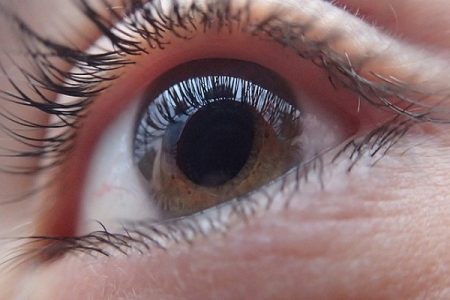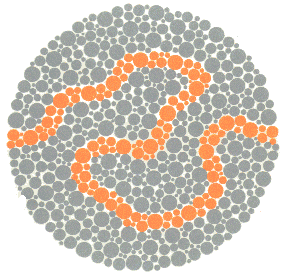Cure for Color Blindness
- Updated on: Jul 24, 2024
- 2 min Read
- Published on Dec 12, 2018

Color blindness correction
Colorblindness is a sex-linked recessive disorder. People who suffer from it have difficulty in distinguishing between colors. There are some patients who cannot differentiate between reds and greens, have difference in separating blues from yellows. Some suffer from mono-chromatism i.e. only see black and white.
This problem occurs when there is a fault in genes of the X-chromosome and is most commonly found in males. To test color blindness, the most common diagnostic method is the Ishihara Color Test. This test was created by Dr. Shinobu Ishihara, University of Tokyo. He developed a series of plates which helped in identifying color vision related problems.
Is there an actual cure for color blindness?
Color blindness (color vision deficiency more appropriately) is estimated to affect 1 in about 10 men and 1 in about 200 women. There is no cure for colorblindness. Colorblindness does not extremely affect a person’s daily activities because the vision or eye power is not affected by this disorder. The person only has difficulty distinguishing between colors or is unable to define different tones of the same color. Color blindness, in most cases, is innate or inborn disorder, but can sometimes also be a result of some injury to the retina.
To find cure for colorblindness and understand it better, several researches and clinical trials are being conducted. However, as yet, no proven result is found that can cure this eye condition. Gene therapy is one such approach which is believed to cure color blindness in the coming years. Several trials and research were conducted on monkeys and mice at University of Washington and University of Florida which have showed positive results for color blind people.
Can you fix color blindness temporarily?
Research on gene therapy is still not proven to be completely safe. Therefore, other strategies can be considered to manage with the condition.
For example, some patients are recommended to use special lenses or glasses with filters which enhance color perception (especially for red green color blindness treatment). There are also various apps recommended for patients using Android and Apple devices which are developed to help with color detection problem, etc. These apps allow the users to find out both color and shades of a color.
Eyeborg is a device design for people with severe form of color blindness known as achromatopsia. This device helps to recognize or distinguish colors with the help of sound waves.
Living with color blindness
The severity of color blindness is defined by the kind and degree of the condition. People who have mild colorblindness can spend their entire lives without even knowing about it or while adjusting to it, whereas people with severe colorblindness find their daily life hard and they find it difficult to perform even some basic tasks like driving or cooking, etc. Some people also are not able to choose their careers according to their wish due to color vision deficiency which is also a set-back for many.
Choosing a particular color cloth, dealing with electronics, managing school activities, choosing fresh fruits and veggies, reading traffic lights, etc are some situations described by colorblind patients when they find it difficult to manage with. Sometimes, this makes it frustrating for people.












